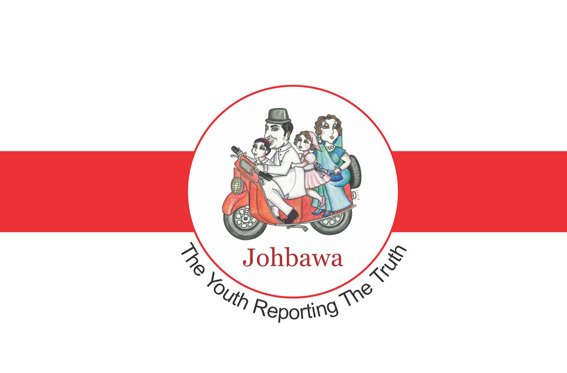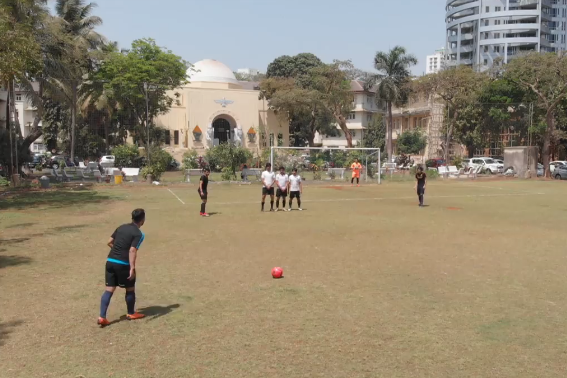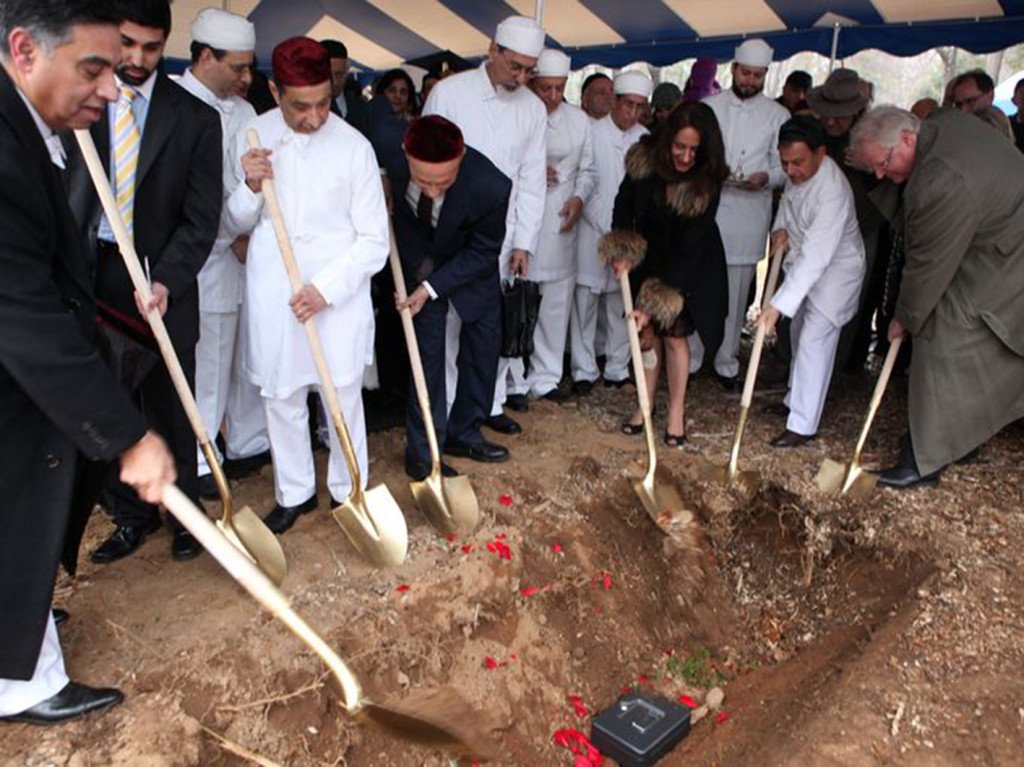A town by the sea
A slice of Parsi life in tranquil Udvada.
With a shrill toot, the autorickshaw rumbled to a stop next to us as we walked into the village. “Ice cream?” offered the gentleman behind the wheel as he gestured to the mound of creamy mango confection nestled in an ingenious ice-lined wooden barrel sitting snugly in the rear of the vehicle. A friend and I were in the seaside village of Udvada in south Gujarat, home to the earliest Parsi immigrants to India.
The hand-churned ice cream was an unexpected bonus that kicked off a weekend trip from Ahmedabad.
The Arabian Sea is only half the beauty of this charming coastal village—the other half lies in its historical significance. Udvada is believed to be one of the first places where the Parsis landed when they fled Arab rule in Iran between the eighth and 10th centuries. The town is known for the Iranshah Atash Behram, one of the oldest sacred-fire Zoroastrian temples in India, which attracts Parsis from across the world.

While only practising Zoroastrians can enter the temple, Udvada has plenty of other things to offer—history, architecture, cuisine and slice-of-life cameos of this ancient culture. Abandoned houses tell evocative tales of migration and change, and the essence of Udvada can be savoured by wandering down its narrow streets and soaking in the village life.
The town is best explored on foot and at leisure. We started at the Zoroastrian Heritage Museum, housed in an old bungalow near the rocky beach. As we strolled through the town, we discovered that it’s a photographer’s delight—lovely houses with a distinctive architectural style characterized by high ceilings, sloping roofs and double-porch entrances. Udvada’s mansions seem to feature a blend of Portuguese and Persian influences, visible in the intricate floral grilled balconies, lattice-worked wooden facades and ornate columns with Persian scrolls or other motifs.
Zoroastrianism is believed to be one of the world’s oldest monotheistic religions, and images of the Prophet Zoroaster, dressed in white robes, can be seen everywhere in Udvada. In some of the homes, we could see residents relaxing on swings or aaram khursis (reclining chairs), enjoying the evening sea breeze.
Along the tapering road opposite the temple, pop-up style cafés offer visitors an array of home-made cookies and fish pickles. We also hopped between Globe Hotel, Ashishvangh and Café Farohar to try favourites like the marinated boi fry (white mullet fish), akuri (scrambled eggs), salli boti (chicken or mutton gravy topped with potato sticks), dhansak (lentils with meat), and patio (fish or prawn curry). Meals were accompanied by a bottle of refreshing Sunta raspberry soda.
In the evening, we made a pit stop at the only Irani bakery in town, sampling their mawa cakes, nankathai biscuits and buttery, flakey kharis (puff pastry biscuits). Before we bid adieu, I packed some mawa cake and coconut cookies to take the flavours of Udvada back with me.
AHMEDABAD TO UDVADA
Distance: 355km
Top tip: It is a good idea to contact small eateries in advance and order what you want to eat while planning a day trip.





